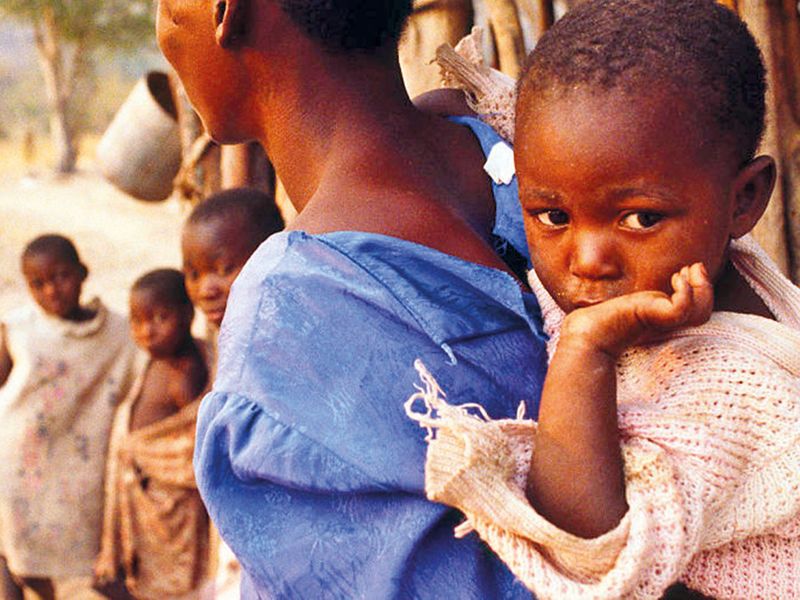
India
More Indians becoming obese, number of undernourished decline
More Indians are becoming obese while the number of undernourished people in the country have declined, according to a report by the United Nations. In India, the number of undernourished people declined from 253.9 million in 2004-06 to 194.4 million in 2016-18. However the number of adults who are obese grew from 24.1 million in 2012 to 32.8 million in 2016. The number of children (under 5 years of age) who are overweight stood at 2.9 million in 2018. In percentage terms, prevalence of undernourishment in the total population in India was 22.2 per cent in 2004-06 and 14.5 per cent in 2016-18. Prevalence of wasting in children (under 5 years of age) was 20.8 per cent in 2018, while the Prevalence of obesity in the adult population was three per cent in 2012, increasing to 3.8 per cent in 2016. In the Indian Himalayas, economic slowdown coupled with natural resource depletion and climate change negatively impacted on food production and employment opportunities. This resulted in increased threats to food security due to lower purchasing power, it added.
Zimbabwe

More than half of Zimbabwe’s people face hunger
Zimbabwe’s government and donors will need to spend about $218 million to stave off hunger that could affect 5.5 million people, or 59% of the population. Drought and a poorly performing economy led to a rise in food insecurity, according to the report from the Zimbabwe Vulnerability Assessment Committee. Harvests between April and June should see the number of people facing hunger fall to about 3.6 million, most of them in rural areas where people rely on subsistence farming. The southern African nation will initially need 818,323 metric tons of cereal, mainly corn, and a further 525,000 tons to see it through to harvests in 2020, said the group, known as ZimVAC.
Seven things you need to know about world hunger
Here are seven things you need to know about world hunger.
1. Globally, 821.6 million people or 11 per cent of the population, suffer from hunger.
2. Africa has the highest percentage of hungry people globally, with one in five people going hungry. The number rises to nearly one in three in east Africa.
3. Hunger is increasing in many countries where economic growth is lagging, particularly in middle-income countries and those that rely heavily on exporting commodities.
4. In every continent, women are more likely to go hungry than men, although the largest gap is in Latin America.
5. There has been no progress since 2012 in reducing low birthweight — when children are born below their optimum weight, putting them at a higher risk of dying or from stunted growth.
6. Africa and Asia had the greatest share of all forms of malnutrition, accounting for more than nine out of 10 of all stunted children — and nearly three-quarters of all overweight children.
7. In upper-middle and high-income countries, people living in households where getting enough food is a struggle are more likely to become obese.












